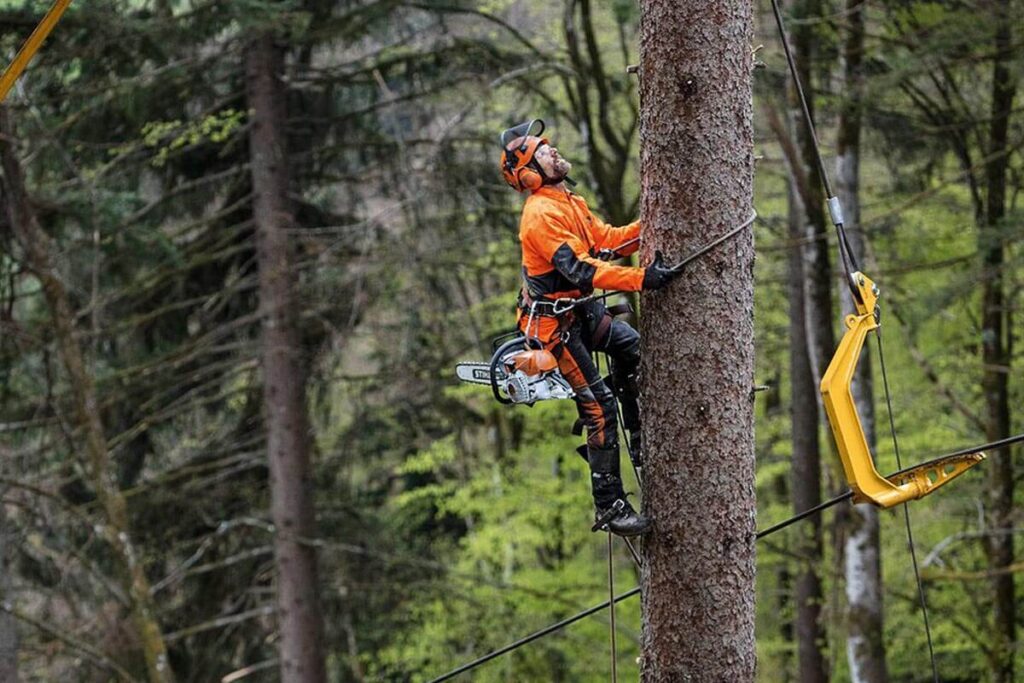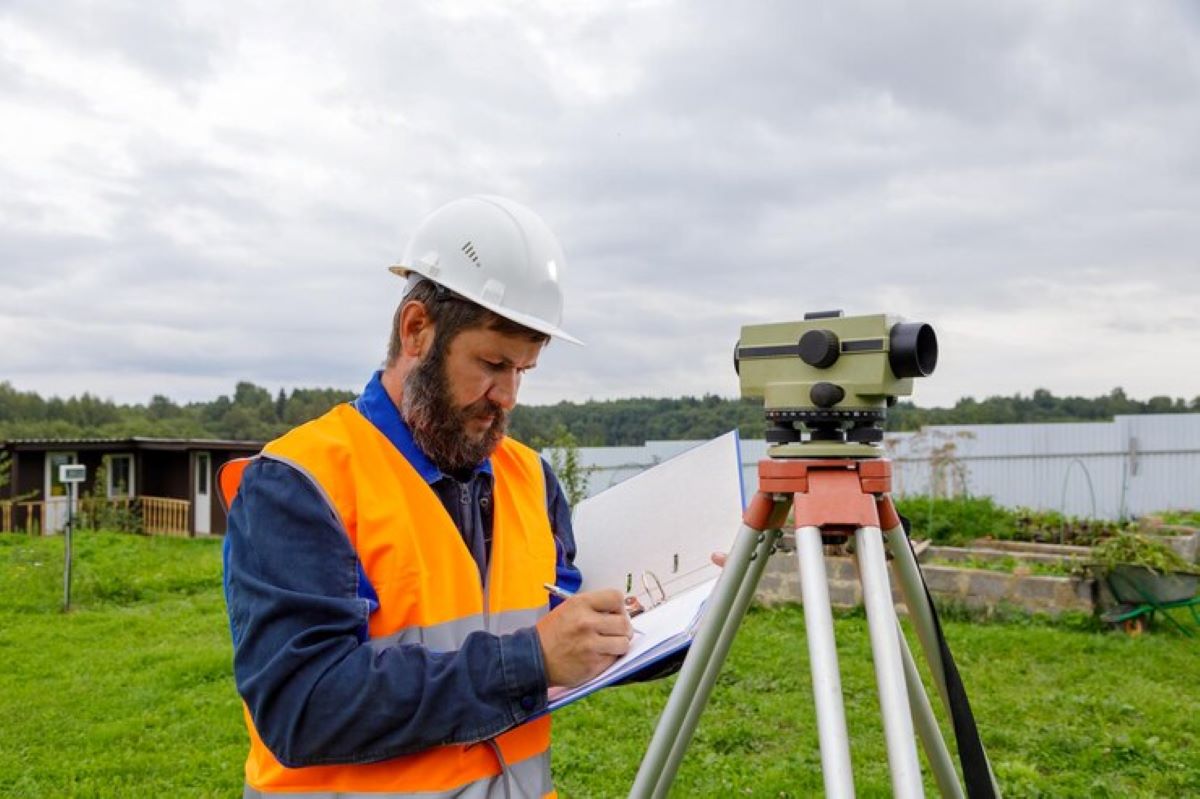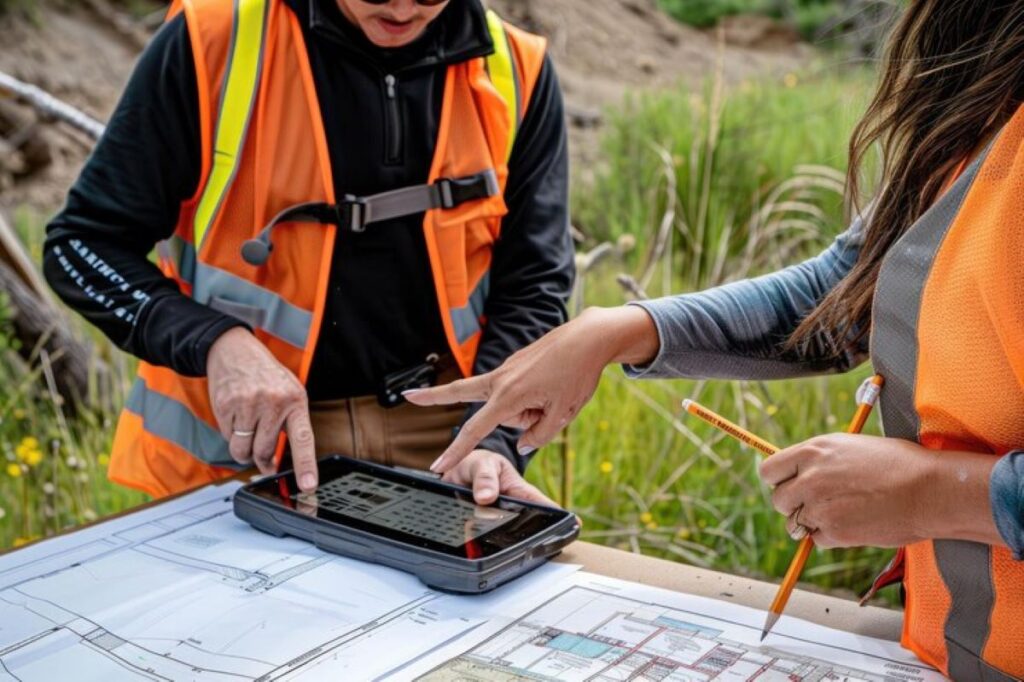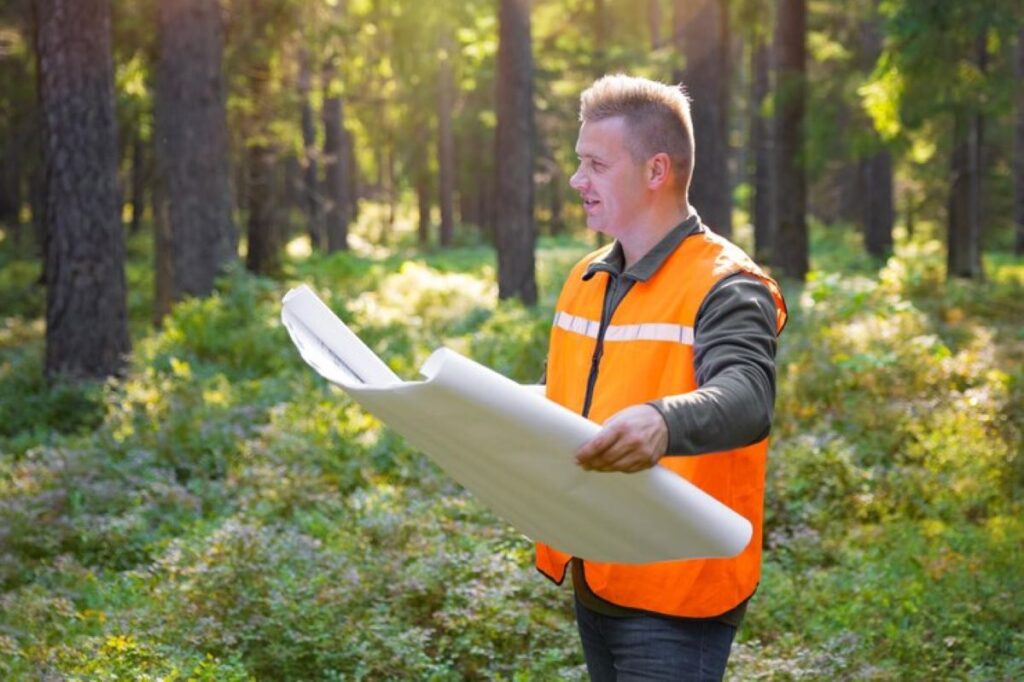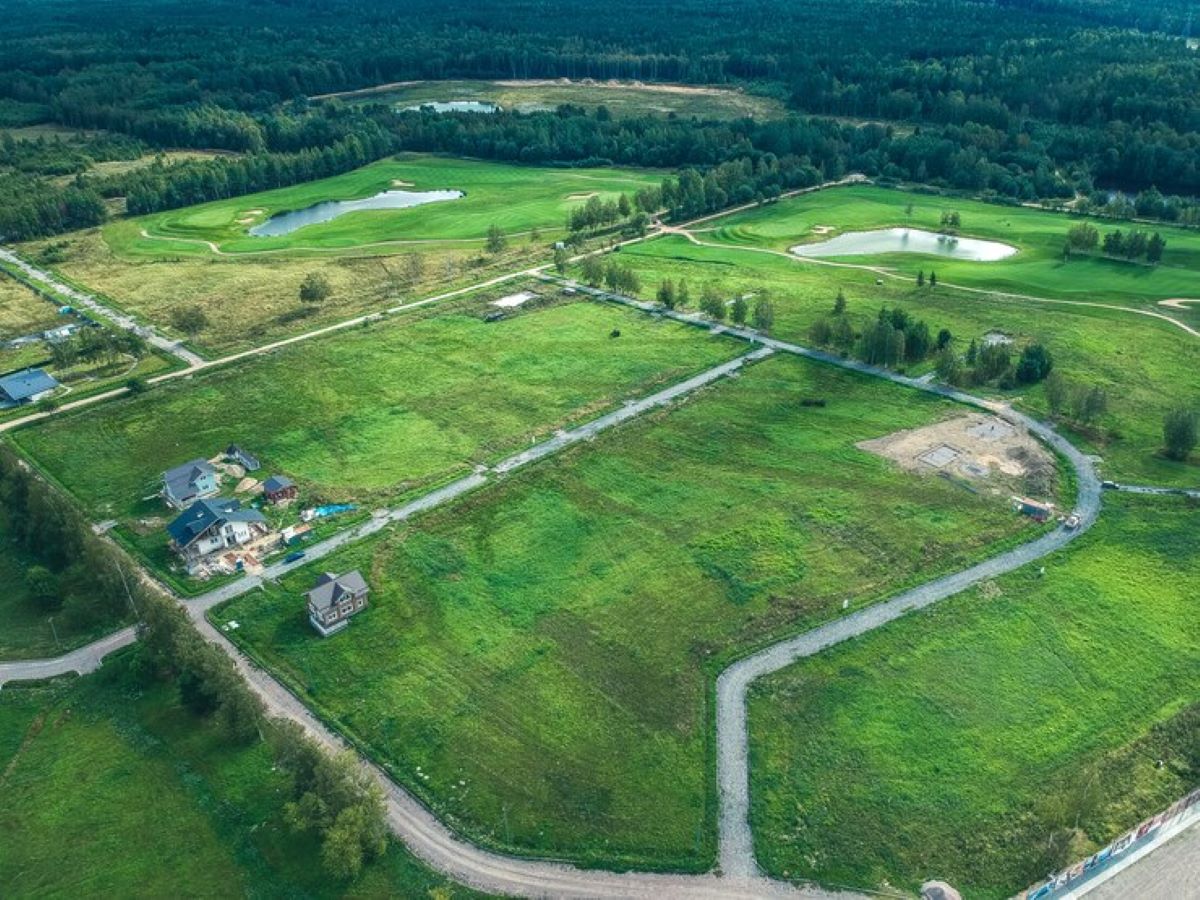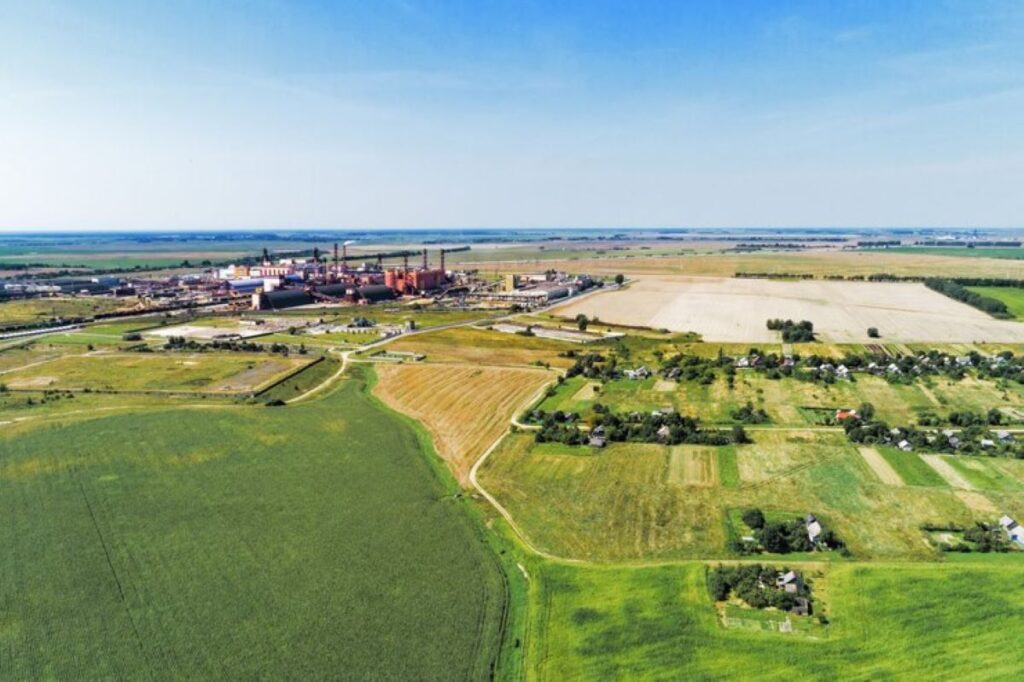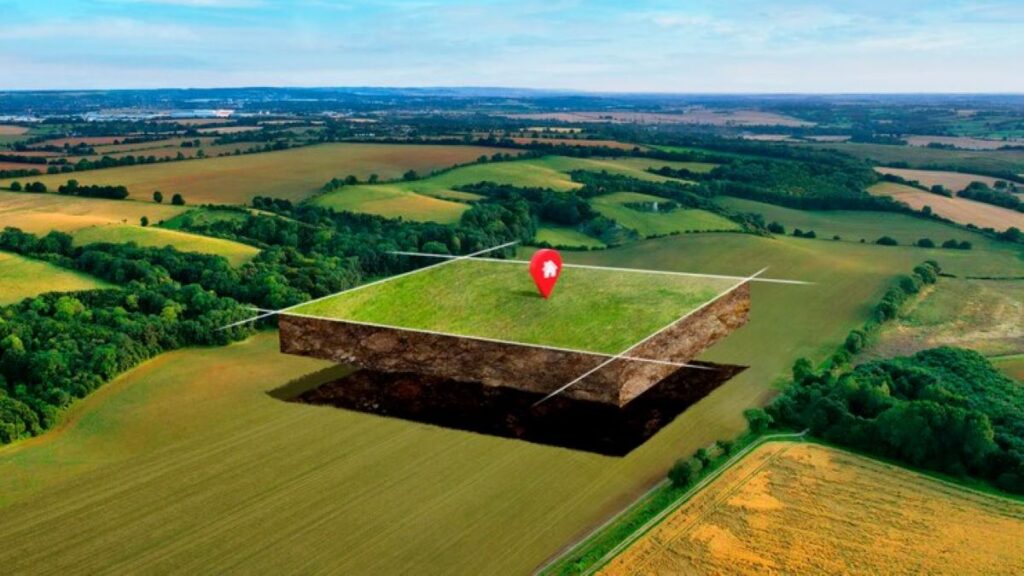Tree pruning is an essential part of maintaining the health and appearance of your trees. However, determining the cost associated with pruning can often feel overwhelming. Understanding what influences these costs will set you on the right path to making informed decisions and budgeting accordingly. In this article, we will delve into the basics of tree pruning and provide valuable steps on how to estimate the costs for your property.
Understanding the basics of tree pruning
Before diving into tree pruning cost, it’s crucial to comprehend what tree pruning entails. Pruning is the process of selectively removing certain parts of a tree, whether that be branches, buds, or roots. This practice encourages healthy growth, enhances a tree’s structure, and can even improve fruit production in some species.
What is tree pruning and why is it necessary?
Tree pruning serves several purposes. An essential aspect is to remove dead or diseased branches, which can be a breeding ground for pests and diseases that may spread to other parts of the tree or surrounding flora. Additionally, pruning can help improve air circulation and sunlight penetration, both vital for a tree’s health.
Moreover, pruning can enhance the aesthetic value of your property. Well-maintained trees can make your garden or landscape look more attractive and inviting. It can also prevent potential risks, such as branches falling on structures or power lines during a storm.
Factors influencing the cost of tree pruning
Several factors contribute to the overall cost of tree pruning, each impacting the price differently. Typically, these costs can vary based on the size of the tree, its health, and the complexity of the work required. Larger trees with extensive canopy cover may require more time and effort to prune properly.
Additionally, the location of the tree can significantly affect the cost. If a tree is situated close to power lines or buildings, it will require more careful handling, potentially increasing labour costs. Always remember that each tree is unique, and its situation can bring its own challenges.
Steps to estimate tree pruning cost
Estimating the cost of tree pruning can be simplified into a few manageable steps. By evaluating several aspects of your trees, you can gather a clearer idea of what these services may cost.
Evaluating the size and number of trees
The first step involves assessing the size of the trees you wish to prune. Generally, cost is measured per tree, so more trees will lead to an increased total cost. Conversely, smaller trees usually incur lower fees than larger ones, which could require climbing equipment and additional safety measures.
Take a moment to count the number of trees that need pruning and their approximate heights. This preliminary evaluation will provide a baseline for your estimates.
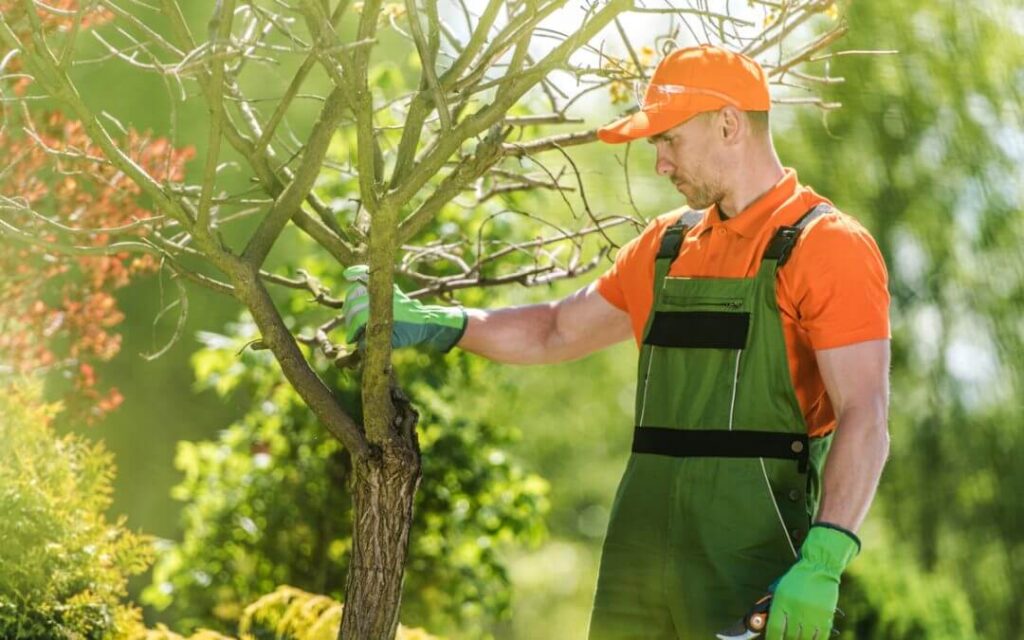
Considering the tree’s condition and location
Next, consider the condition and health of the trees. Trees that are diseased or damaged may require more extensive work, resulting in higher costs. A thorough inspection can uncover potential issues that need to be addressed, which can impact pricing.
Furthermore, the location of your trees plays a major role. Trees located near hazards such as fences, houses, or electrical lines may require more meticulous pruning techniques. This added complexity usually translates into higher labour costs, so it’s essential to keep this in mind during your evaluations.
Calculating labour and equipment costs
Finally, labour and equipment expenses are pivotal in estimating the overall cost of tree pruning. Professional arborists typically charge either a flat rate or an hourly fee based on the complexity of the job and their level of expertise. The use of specialised equipment, like chippers or aerial lifts, may also incur additional charges.
Research local tree services to gauge standard pricing in your area. Getting multiple quotes can help you find the most competitive pricing while ensuring quality service.
Hiring a professional tree pruner: Pros and cons
When considering tree pruning, one key decision lies in whether to hire a professional or take the DIY route. Each choice comes with its unique benefits and drawbacks.
The benefits of hiring a professional
There are substantial benefits to hiring a trained arborist. Professionals bring expertise and experience to the table, ensuring that the job is done correctly and safely. They understand the best practices for each tree species and can recognise health issues that may not be visible to the untrained eye.
In many cases, professional pruning can also save time. Experienced arborists work efficiently and use the right tools, which can ultimately reduce downtime in your garden.
Potential drawbacks and costs
However, hiring a professional comes at a cost. Depending on the service and the size of your trees, you may find yourself paying a significant amount for their expertise. Moreover, finding a reliable and reputable service may take some time and research. Not every company offers the same level of service, so it’s wise to read reviews and seek recommendations.
DIY tree pruning: Is it worth it?
On the other hand, some homeowners may opt to handle tree pruning themselves. This decision can be effective in certain scenarios, but it’s essential to weigh the pros and cons carefully.
Assessing the risks and rewards of DIY tree pruning
Undertaking DIY tree pruning can save you money, which is appealing for many property owners. However, risk factors are also present. Incorrect pruning techniques can damage the tree or pose safety risks. For instance, attempting to prune larger trees without the proper skills or equipment may lead to accidents.
Additionally, DIY pruning may not yield the same professional results. Trees pruned improperly may suffer in health or appearance, potentially leading to increased costs in the future.
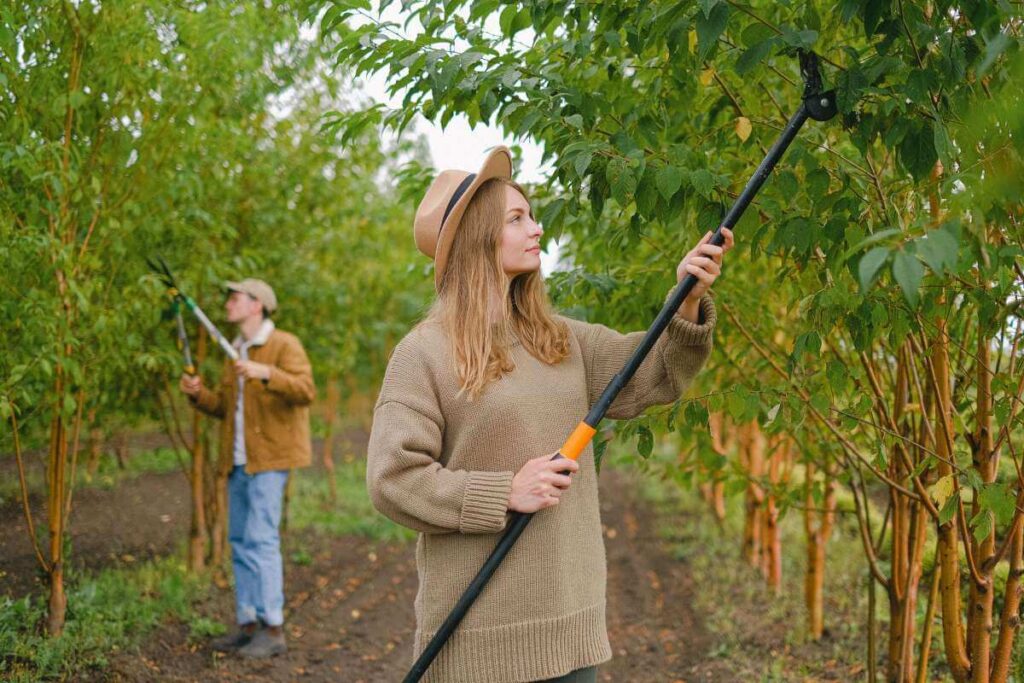
Necessary tools and their costs
If you decide to take the DIY route, consider the tools you will need for the job. Basic pruning tools such as loppers, pruning saws, and gloves are generally affordable. However, more advanced equipment, like chainsaws or ladders, can be pricier and may require additional safety equipment.
Be sure to factor these costs into your budget. In some cases, it might be more economical to hire a professional rather than invest in equipment you may only use once or twice a year.
Tips to reduce tree pruning costs
Finding ways to minimise tree pruning costs can alleviate financial stress while keeping your trees healthy. Here are some practical tips to consider.
Regular tree maintenance to avoid hefty costs
Regular maintenance is key to preventing larger costs down the line. By regularly inspecting and caring for your trees, you can avoid severe issues that require expensive interventions over time. Simple tasks such as trimming small branches and removing dead foliage can significantly lessen the workload during scheduled pruning.
Additionally, ensuring that your trees are healthy and well-fed can prevent diseases that may necessitate more extensive work.
Seasonal considerations for tree pruning
Consider the timing of your pruning as well. Trees are often best pruned during their dormant season, typically late winter to early spring, when the leaves are off. At this time, it is easier to see the tree’s structure, and it can minimise the stress the tree experiences.
Moreover, some tree services may offer reduced rates during the off-season, providing a perfect opportunity to save money while still ensuring your trees receive the care they need.
In conclusion, understanding the costs associated with tree pruning involves various considerations, from assessing your trees to recognising when to call in professionals. Whether you opt for a DIY approach or hire an expert, taking the time to educate yourself can help you maintain the beauty and health of your property’s trees while staying within your budget.
